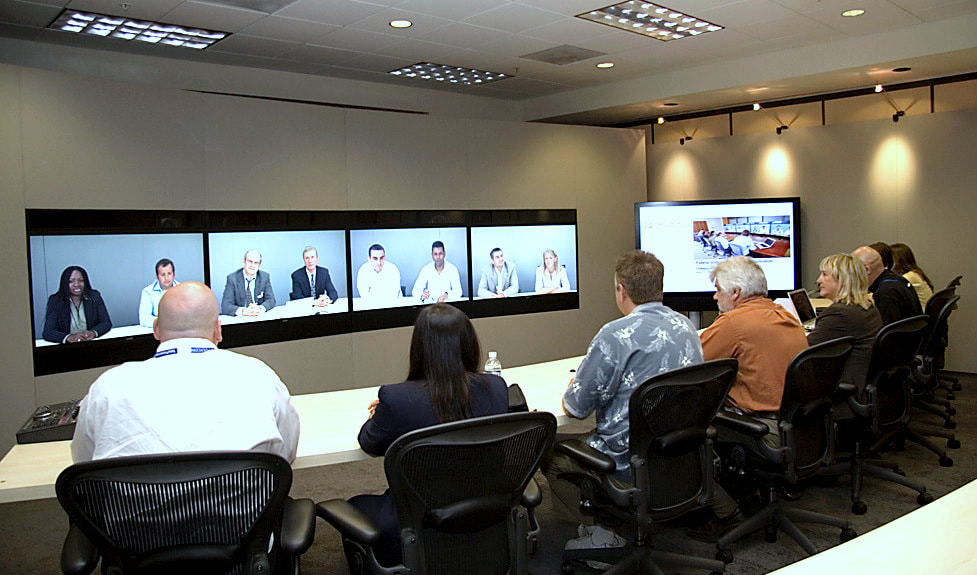Ideal Strategies for Positioning Security Cameras to Enhance Surveillance Efficacy
Ideal Strategies for Positioning Security Cameras to Enhance Surveillance Efficacy
Blog Article

Placing security cameras efficiently is essential to enhancing monitoring in various settings, such as residences, businesses, as well as public areas. The main goal of surveillance cameras is to deter criminal activity and provide proof in instances of incidents. To achieve this, it becomes essential to take into account several elements, including camera location, range of view, as well as the specific zones that require oversight. By understanding these elements, people and entities can develop a thorough surveillance plan that maximizes the efficacy of their security solutions.
One of the first actions in positioning surveillance cameras involves to identify critical locations that need surveillance. Vulnerable zones, including entrances, exit points, parking areas, and areas with high-value assets, must be given priority. It is crucial to consider areas not visible, which may be locations that may not be seen from certain angles. By charting out these critical locations, surveillance personnel can guarantee that every nook is monitored, minimizing the chances of illegal activity going undetected. Additionally, installing surveillance systems at key points can assist form a comprehensive perspective of the premises, enabling for better total security coverage.
The viewing angle of a security system is another crucial element to consider. Various types of surveillance systems provide varying ranges of view, which can affect how much space is recorded in the footage. For example, wide-angle cameras can monitor larger areas, rendering them ideal for spacious areas, while pan-tilt-zoom cameras can be modified to concentrate on specific features. When positioning surveillance systems, it becomes essential to choose the right kind based on the area being monitored. This ensures that the system can capture sharp images and provide important data in case of an occurrence.
Elevation and tilt of mounting also have a crucial part in the efficacy of surveillance systems. Surveillance systems should be installed at a height that remains out of grasp of possible interference but still allows for clear viewing of identifying features and additional recognizable details. A typical recommendation is install systems at least 8 to 10 feet off the ground. Additionally, the tilt at which the system remains positioned can impact its ability to record crucial information. Cameras must be tilted to minimize reflection and prevent blockages, guaranteeing that they can capture clear footage at see post any moments.
In conclusion, regular maintenance and updates to the surveillance system are essential for long-term efficacy. This entails checking camera performance, wiping lenses, and making sure that firmware is up to date. Frequent assessments of the surveillance strategy can assist detect any new areas not visible or areas that might need extra coverage. By staying vigilant and implementing necessary adjustments, people as well as organizations can enhance their monitoring efficacy and ensure that their security solutions remain to serve their intended function.